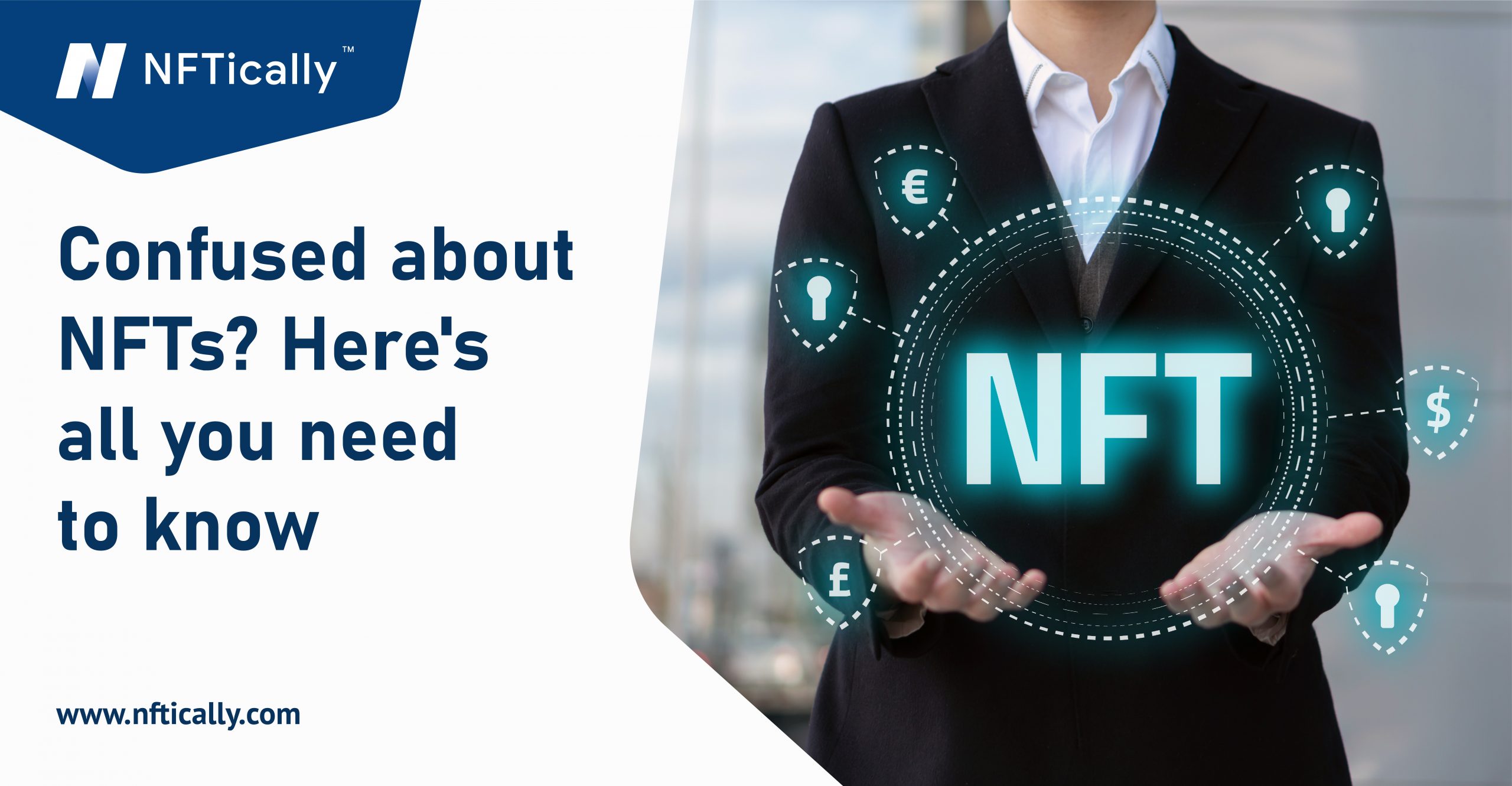
NFTs have become the cultural phenomenon it sure planned on becoming. Moving into 2021, NFTs have already debuted on Saturday Night Life urging people to Buy NFTs tokens. Moreover, celebrities have not been shy about expanding their assets through NFT. After all, artist Beeple did make the headlines after selling his art on an NFT for $69 million. That’s right folks, $69 million.
Amongst this overwhelming NFT news and headlines, are you also left wondering what is NFT? Don’t worry, we are going to explain to you the ABCDs of NFT and how they work.
What is NFT?

NFT is a digital asset that symbolizes a unique object and is bought or sold through cryptocurrency. What kind of unique object, you ask? It could be anything from your latest pair of sneakers to real estate in Bali. However, the most common form of NFT to date has been art, music, and of course, memes.
NFT is short for Non-Fungible Tokens. As the name suggests, it is non-fungible. Therefore, every NFT is unique, hence impossible to duplicate. Furthermore, one can’t edit or remove NFTs either. This is because NFTs travel the world using blockchain technology.
ledger, whether it be NFTs or cryptocurrency. As a result, NFTs are highly traceable. And every
Blockchain networks are essentially digital ledgers. It records every transaction in its public NFT comes with a recorded history of transactions. Moreover, it provides extra security. Each NFT is easily verified for authenticity. Hence, fraud, theft, or counterfeiting are impossibilities.
How does NFT work?
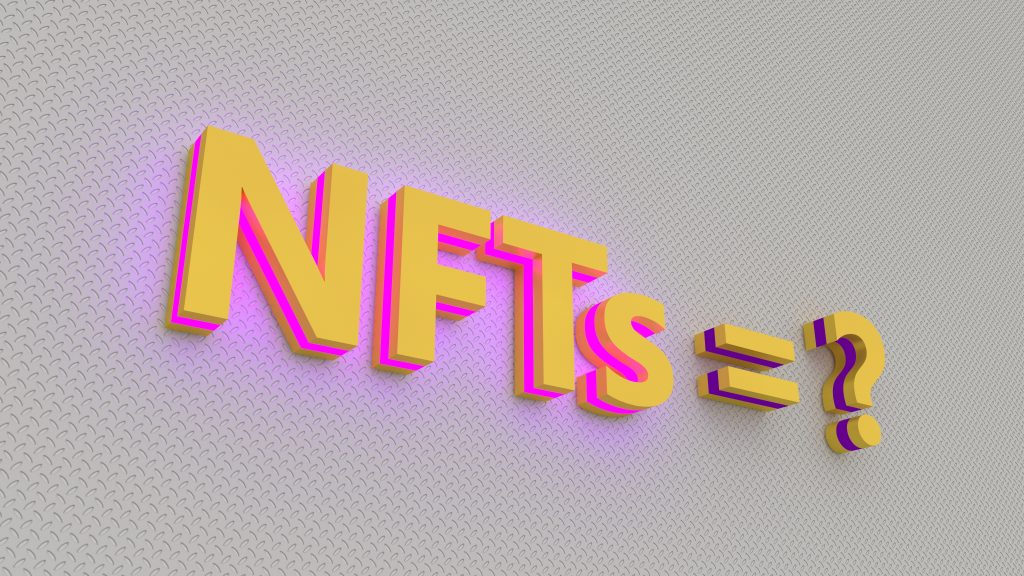
Now that we’ve understood what is NFT, the question that arises is how do they work? As we had said earlier, NFTs are distributed on blockchains. Particularly, the Ethereum blockchain. Let’s understand what that looks like.
The first thing to remember is that NFT can store any information inside them. So, it can be videos, MP3, JPEG images, even GIFs, or tweets. This makes it possible for creators, specifically, musicians and artists, to share their work with their audience.
For instance, if an artist stores their artwork in an NFT, the NFT will have a unique code. Which makes it distinguishable from the others. Once the NFTs are on the marketplace, collectors are free to buy NFT tokens. Like a physical auction where the audience determines the selling price of a piece, in a similar fashion, digital art is also sold according to its demand.
However, the difference is that every time the NFT gets resold from this point onwards, the original issuer aka the artists will earn a royalty on it. For example, if the commission set is 5%, then the artist will receive 5% of the resale.
Secondly, now it is up to the creator if they would like to make copies of their work into different NFTs are cater to a wider audience. Or just stick to one special original. Regardless, NFTs have placed a lot of control in the hands of creators to make creative decisions without hesitation.
Where to buy NFTs?
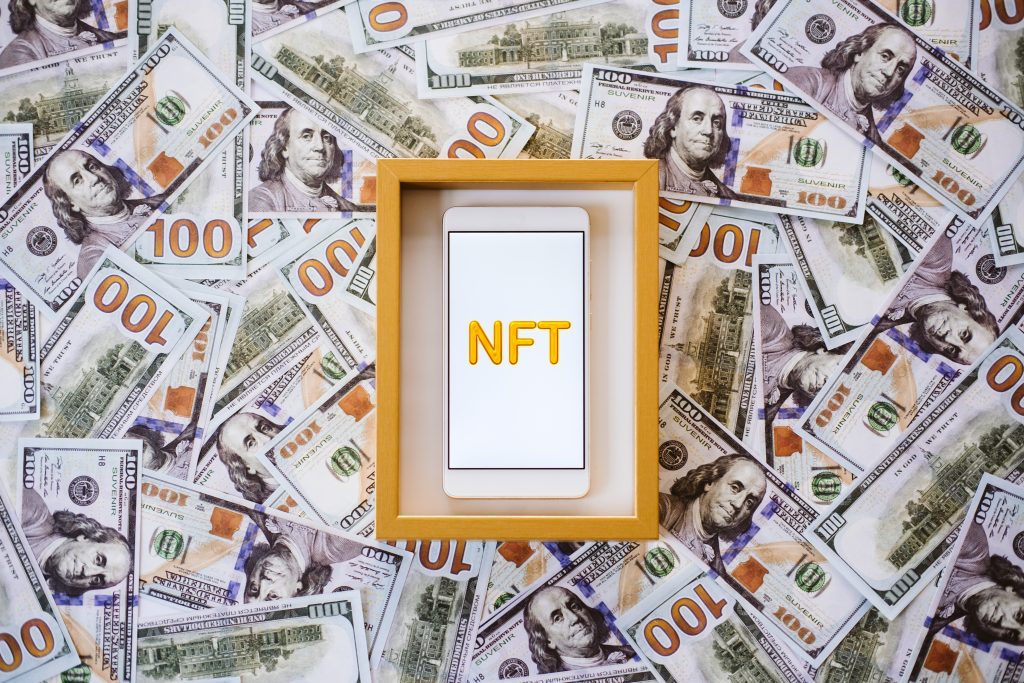
As previously mentioned, investors and collectors buy NFT tokens from NFT marketplaces. There is a variety of options available for you to choose from when it comes to NFT marketplaces. However, we recommend choosing NFTically. It enables you to create your own white-label store for your brand and display your NFTs in front of an international audience. The user interface is also beginner-friendly, which means you don’t need any technical expertise or crypto knowledge.
Since NFTs are part of the crypto world, to buy NFTs you need access to cryptocurrency. To begin with, you will need a wallet. Popular wallets include Binance, CoinBase, MetaMask, and more. After you successfully create a wallet and mining some cryptocurrency. You can head on to any NFT marketplace and set up an account. Firstly, make sure you are comfortable with the interface and the platform is easy for you to navigate. Thereafter, connect your wallet and complete setting up your account.
Henceforth, you can start purchasing your NFTs. Select the one you want to buy, win the auction, sign off the transaction using your wallet and the NFT now belongs to you. You can keep it for yourself, show it off to your friends, update it as your desktop wallpaper. Otherwise, you also have the option to sell it to another interested buyer.
Can anyone create NFTs?
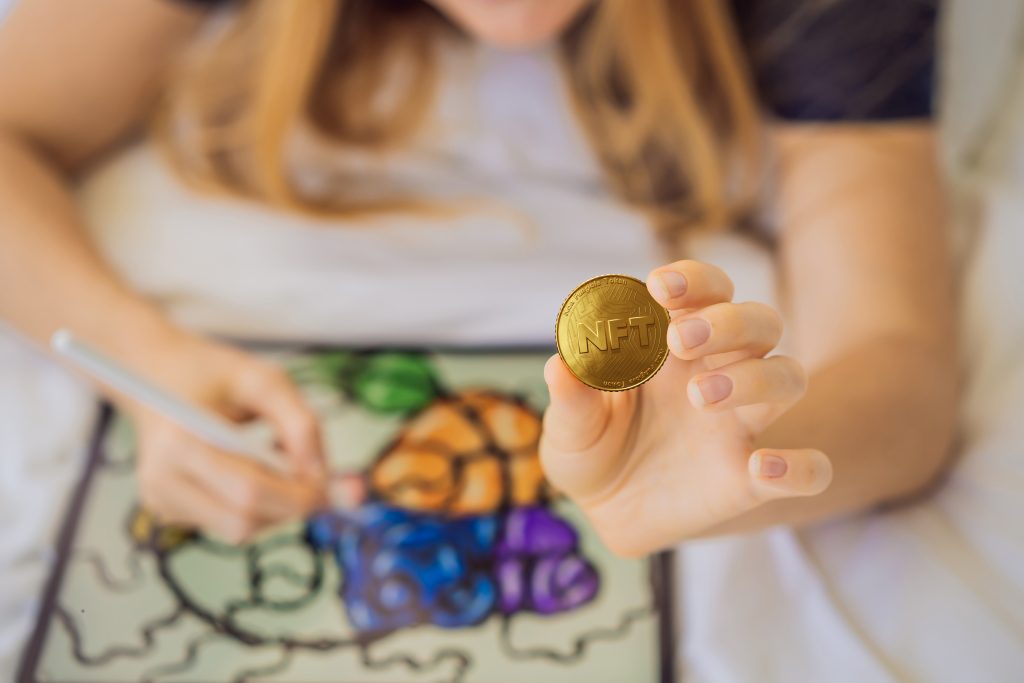
Lastly, the only question left unanswered is can just anyone create an NFT? In essence, yes. Of course, artists and musicians have years of experience backing them up, but that doesn’t stop others from creating collectibles.
Meme owner Atsuko Sato sold his Japanese Shiba Inu ‘Doge’ meme for a wild $4 million. That, my friend, is the power of NFT and meme culture.
So, yes pretty much anyone who understands what is NFT, can create, sell and buy NFT tokens. Nevertheless, they do have to fund the initial gas fees used for the energy consumed by a blockchain network to make transactions. The fees, kept as minimal as possible, can, however, be controversial.
Regardless, NFTs are leading digital art and the internet onto a decentralized crypto era and it is worth giving it a shot.
Conclusion
NFTically is one such platform that can help you in trading your Non Fungible Tokens. In NFTically, you can open your store in just a few minutes. Minting, selling as well buying are the options that NFTically provides their users. All you require is to set up a wallet, build your collections, put in your NFTs (which can be an image, song, video clips, etc.), and at last, list those NFTs up for sale.
Related Posts
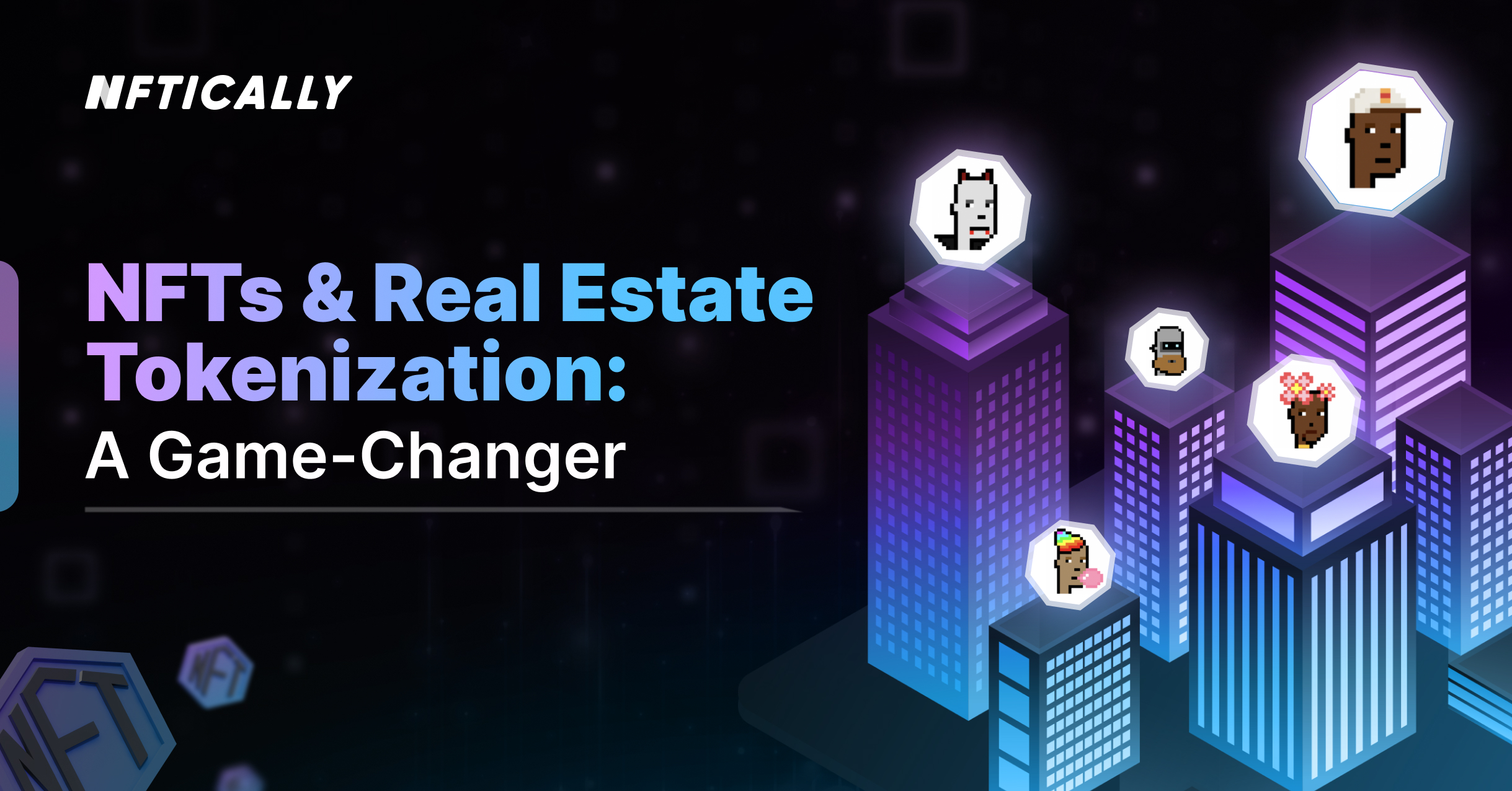
NFTs and Real Estate Tokenization: A Game-Changer
Are you curious about the next major development in the world of non-fungible tokens (NFTs)? Well, it seems that real estate tokenization is poised to become the next big thing in NFTs. Lately, the concept…
- September 22, 2023
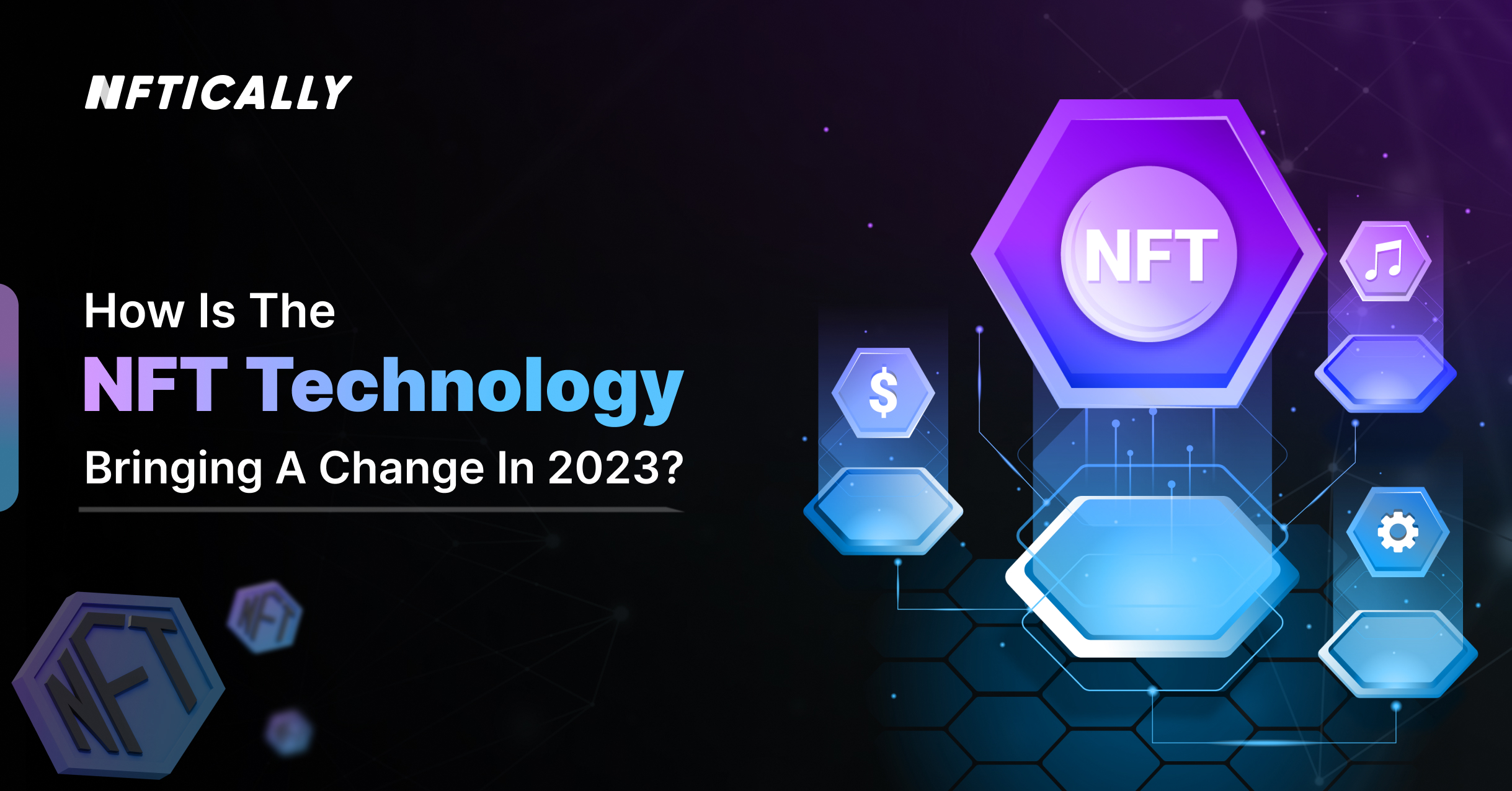
How is NFT technology bringing a change in 2023?
Although the crypto market faced some challenges at the beginning of 2022, often referred to as a “crypto winter,” NFTs continued to demonstrate impressive figures. By the end of the year, the total revenue generated…
- May 25, 2023
Recent Posts
- Revolutionizing AI Clones: Sunny Leone Teams Up with Kamoto.AI for an Unprecedented Debut
- The Evolving Landscape of NFTs: A Glimpse into 2024
- NFT Trends to Shape 2024: A Deep Dive into the Future of Digital Assets
- The Gaming Revolution: NFTs Level Up the Player Experience
- NFTs and Intellectual Property Rights: Navigating Legal and Ethical Challenges
Recent Comments
Archives
- January 2024
- December 2023
- November 2023
- October 2023
- September 2023
- August 2023
- July 2023
- June 2023
- May 2023
- April 2023
- March 2023
- February 2023
- January 2023
- December 2022
- November 2022
- October 2022
- September 2022
- August 2022
- July 2022
- June 2022
- May 2022
- April 2022
- March 2022
- February 2022
- January 2022
- December 2021
- November 2021
- October 2021
- September 2021
- August 2021
- July 2021
Categories
- $ECOM
- 3D NFTs
- AI Characters
- Airdrpos
- Bitcoin
- Blockchain
- Blockchain Technology
- Buy NFTs
- Buying
- Crypto Collectibles
- Crypto Wallet
- Cryptocurrency
- Cryto Mining
- Digital Art
- Digital Assets
- Ethereum
- FAQs
- Features
- Generative Art Nfts
- ICO
- Invest in NFT
- Learn
- Metavatars
- Metaverse
- Minting
- NFT
- NFT 2.0
- NFT Art
- NFT Art Finance
- Nft auction
- NFT Communities
- NFT Crypto
- NFT crypto art
- NFT Drops
- NFT Games
- NFT gaming
- NFT Marketplace
- NFT Memes
- nft project
- NFT Royalties
- NFT Staking
- nft stocks
- NFT Store
- NFT Taxes
- NFT Trading Cards
- NFT Wallet
- NFTICALLY
- NFTs
- Non fungible tokens
- Non Fungile Tokens
- Ordinal NFTs
- Physical Assets
- Press Release
- Selling
- Solution
- Stablecoins
- Store
- Tensor Nfts
- Top Cryptocurrencies
- Uncategorized
- Web 2.0
- Web 3.0
- white label nft marketplace

